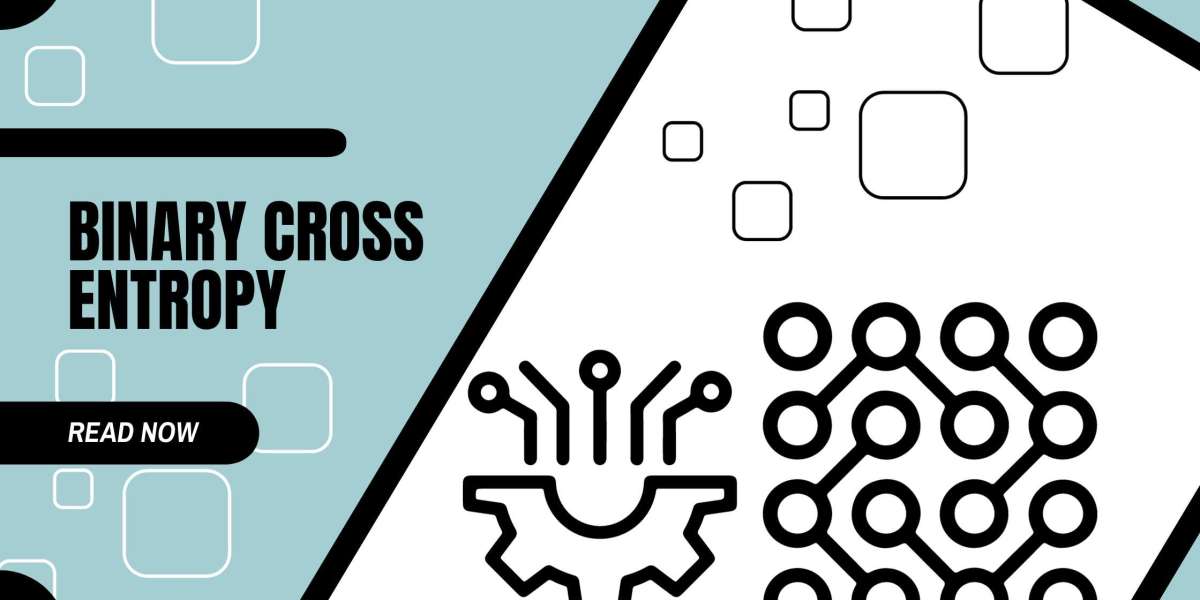In machine learning, particularly in binary classification tasks, a critical element that often plays a decisive role in the success of your model is the Binary Cross-Entropy (BCE) loss. In this guest blog post, we will dive into the intricacies of BCE loss, understand its significance, and explore how it can empower your classification models.
Understanding Binary Cross-Entropy Loss
Binary Cross-Entropy loss, also known as log loss or logistic loss, is a widely used loss function in classification problems, especially when dealing with binary outcomes (e.g., spam or not spam, positive or negative sentiment). Its primary purpose is to measure the dissimilarity between the predicted probabilities and the actual binary labels.
The Mathematics Behind BCE Loss
The binary cross entropy loss is defined mathematically as follows:
���(�,�^)=−(�⋅log(�^)+(1−�)⋅log(1−�^))
BCE(y,
y
^
)=−(y⋅log(
y
^
)+(1−y)⋅log(1−
y
^
))
Where:
- �
- y represents the true binary label (0 or 1).
- �^
- y
- ^
-
- represents the predicted probability of the positive class (class 1).
- The function
- log
- log stands for the natural logarithm.
Why is BCE Loss Important?
Binary Cross-Entropy loss is crucial for several reasons:
Suitable for Binary Classification:
BCE loss is tailor-made for binary classification tasks, making it an ideal choice when you have only two possible outcomes.
Probability Interpretation:
It encourages models to produce probability estimates for class membership, allowing for a more nuanced understanding of model confidence.
Gradient Descent Optimization:
The mathematical properties of BCE loss make it amenable to gradient descent optimization algorithms, facilitating model training.
Balancing Act: Minimizing BCE Loss
The ultimate goal when using BCE loss is to minimize it during the training of your machine learning model. Minimizing the BCE loss essentially means aligning the predicted probabilities with the actual binary labels.
Practical Tips for Using BCE Loss
Here are some practical tips for effectively utilizing BCE loss in your machine-learning projects:
Sigmoid Activation:
BCE loss is often paired with the sigmoid activation function in the final layer of your neural network. This combination ensures that predictions fall within the [0, 1] range, which is suitable for binary classification.
Imbalanced Data Handling:
When dealing with imbalanced datasets (where one class significantly outnumbers the other), consider class-weighted BCE loss to give more importance to the minority class.
Threshold Tuning:
You can adjust the decision threshold (typically set at 0.5) to balance precision and recall based on your application's requirements.
Conclusion:
For binary classification problems, in particular, the binary cross entropy loss is an essential component of any machine learning toolkit. A powerful signal for model training, it measures the dissimilarity between projected probability and actual binary labels. Improving your classification models' efficiency might be as simple as learning BCE loss and grasping its intricacies.






